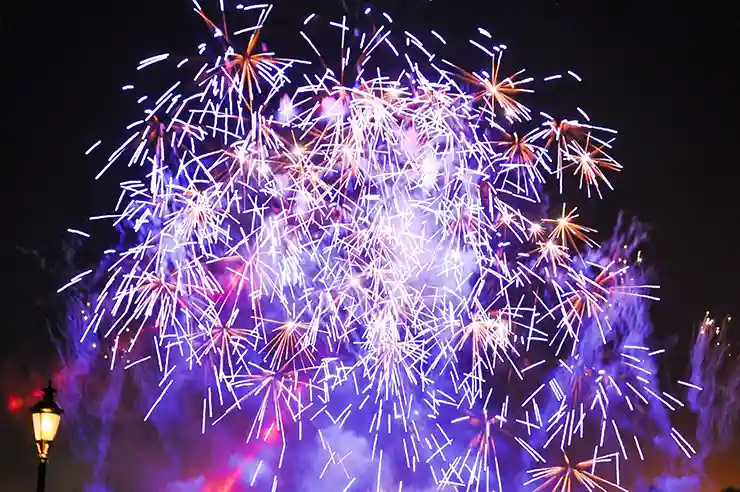Fireworks are used to please crowds, celebrate major holidays and end festivals with a bang. But at what environmental cost? Especially when climate change is at the forefront of the planet, it is important to consider the environmental impact of fireworks, writes earth.org.
Fireworks consumption and industry
Society has a growing desire to launch and view explosives for entertainment and celebratory purposes. According to the American Pyrotechnics Association:
- Fireworks reached a consumption of 416.3 million pounds in the US in 2021.
- The fireworks display totaled 12.5 million pounds.
- Total US consumption was 428.8 million pounds in 2021, 24.3 million pounds more than in 2020 and 155.8 million more than in 2019.
On the business side, fireworks are a profitable industry:
- The average retail price is about three times the wholesale price.
- A firework purchased for $100 can result in a profit of $300 for the business owner.
Fireworks ingredients
To understand the harmful effects of fireworks on the environment, we need to know what fireworks are. The main component is black powder (gunpowder), consisting of:
- 75% potassium nitrate
- 15% charcoal
- 10% sulfur
Mineral elements and additional chemicals give color and stability to explosions:
- Strontium for red, sodium for yellow, barium for green.
- Chemicals such as carbon, sulphur, aluminum and manganese are used as stabilizers and oxidizers.
Environmental impact of fireworks
Fireworks cause a host of pollutants that affect air quality and can contribute to climate change:
- Carbon dioxide
- Carbon monoxide
- Nitrogen
- Sulfur dioxide
- Fine particulate matter (PM)
During Diwali celebrations in India:
- About 50,000 tons of fireworks explode, causing a toxic haze.
- PM2.5 in Delhi reached concentrations of 900 µg/m3, while WHO standards suggest that the average concentration of PM2.5 should not exceed 5 µg/m3 per year.
Similar situations occur in other parts of the world:
- Central London showed increased concentrations of particulate pollutants during fireworks nights.
- In the US, concentrations of carbon monoxide and nitric oxide increased during the 4th of July celebrations.
Impact on animals
Fireworks cause trauma and health problems for animals:
- Animals get scared and leave their habitats.
- A study in Europe showed that migrating geese leave their roosting grounds because of fireworks.
- In Rome, hundreds of birds were found dead after the New Year 2021 fireworks event.
Fireworks also:
- They present a threat for starting fires, especially in areas prone to wild fires.
- During the 4th of July 2021 holiday in Utah, a fire started after a fireworks display, leading to the evacuation of almost 100 families.
Impact on land and water
Fireworks pollute land and water bodies:
- Chemical compounds such as perchlorate pollute soil and water, affecting flora and fauna.
- Microplastics from fireworks pollute rivers, as seen in the River Thames after the New Year fireworks display.
Greener alternatives
Some countries and cities are taking measures to reduce the environmental impacts of fireworks:
- The city of Zhengzhou in China has banned fireworks to improve air quality.
- Beijing banned the use of fireworks ahead of the 2022 Winter Olympics.






